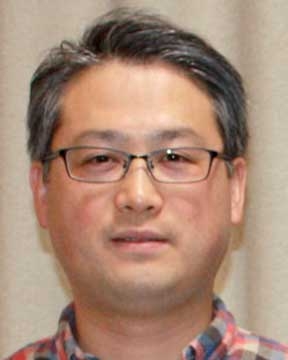Abstract:
The FLAPW (full-potential linearized augmented plane wave)-Fourier (FF) theory has been developed by Mizutani and Sato and accomplished the development in 2021 [1]. This method can elucidate interaction between the Fermi surface and Brillouin zones when phase stabilities of compounds are discussed based on the extended zone scheme. We have examined compounds having cP12 structures using the FF theory and selected pyrite-type FeS2 as a candidate of a thermoelectric material so that (1) it has a band gap at the Fermi energy (EF) as an insulator, (2) itinerant electrons slightly remain near EF and (3) the conduction and valence band structures at Γ show free electron and tight-binding like behavior, respectively [2].
The thermoelectric properties of FeS2 have been reported in some literatures. Nevertheless, while the electrical conductivity reveals semiconductor-like behavior; that is, it monotonically increases as the temperature increases, the Seebeck coefficient sometimes shows positive values only at low temperatures or exhibits just positive values in all the measured temperatures. Thus, the transport mechanism in FeS2 is indeed unclear particularly for the bulk state. Thus, we used plain Fe and S powders and spark plasma sintering to fabricate the FeS2 compounds and then measured the thermoelectric properties. The results of temperature dependence are compared with those calculated by the Boltzmann transport equation and electronic structure calculations.
Fe and S powders were encapsulated in a Pyrex tube, mixed and heat treated at 625 K for 4 h in Ar atmosphere. However, due to the evaporation of S, the FeS2 single phase could not be obtained. Then, the heat treatments were subjected to the mixtures several times, and finally pyrite-type FeS2 had been acquired. The electrical conductivity shows 2 S/cm at room temperature and monotonically increases with increasing temperature. Though the Seebeck coefficient shows positive values at low temperatures below 500 K, it turns back negative values at high temperatures. When the Seebeck coefficient is calculated within a frame work of a constant relaxation time approximation using WIEN2k, all the Seebeck coefficient in the used temperature range gives rise to negative values. The discrepancies between the experimental and theoretical results will be discussed in view of the material preparation method , defects or effects of electron-phonon interactions.
|

